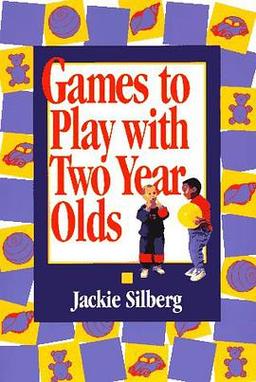Money Games to Play in the Classroom: A Detailed Guide
Engaging students in the classroom can sometimes be a challenge, especially when it comes to teaching financial literacy. Money games are an excellent way to make learning about money fun and interactive. In this article, we will explore various money games that you can play in the classroom, providing you with a detailed guide to help you choose the best game for your students.
1. The Stock Market Game
The Stock Market Game is a popular educational tool that teaches students about the stock market, investing, and financial decision-making. In this game, students are given a hypothetical $100,000 to invest in stocks, bonds, and mutual funds. The goal is to maximize their investment’s value over a 10-week period.

Here’s how to play:
- Divide your class into teams of 3-5 students.
- Each team is given a hypothetical $100,000 to start with.
- Students research different companies and make investment decisions based on their findings.
- At the end of the 10-week period, the team with the highest investment value wins.
2. The Budgeting Challenge
The Budgeting Challenge is a game that teaches students how to create and manage a budget. In this game, students are given a set of expenses and must allocate their income to cover these expenses while saving for future goals.
Here’s how to play:
- Provide each student with a budgeting worksheet that includes expenses such as rent, utilities, groceries, and entertainment.
- Students must allocate their income to cover these expenses while saving a portion for future goals.
- Students can earn additional income by completing “extra credit” tasks.
- The student with the most savings at the end of the game wins.
3. The Lemonade Stand Game
The Lemonade Stand Game is a classic money game that teaches students about supply and demand, pricing, and profit margins. In this game, students run a lemonade stand and must decide how much to charge for their lemonade, how much to produce, and how to manage their inventory.

Here’s how to play:
- Divide your class into teams of 3-5 students.
- Each team is given a set amount of money to start with.
- Students must purchase ingredients, cups, and lemonade concentrate.
- Students set their prices and manage their inventory throughout the game.
- The team with the highest profit at the end of the game wins.
4. The Paycheck Game
The Paycheck Game is a game that teaches students about taxes, deductions, and net pay. In this game, students receive a hypothetical paycheck and must calculate their taxes, deductions, and net pay.
Here’s how to play:
- Provide each student with a hypothetical paycheck that includes gross pay, federal income tax, state income tax, and deductions.
- Students must calculate their net pay by subtracting taxes and deductions from their gross pay.
- Students can earn additional points by answering questions about taxes and deductions correctly.
- The student with the highest net pay wins.
5. The Credit Card Game
The Credit Card Game is a game that teaches students about credit cards, interest rates, and the importance of paying off debt. In this game, students are given a credit card with a balance and must make monthly payments while accumulating interest.
Here’s how to play:
- Divide your class into teams of 3-5 students.
- Each team is given a credit card with a balance and an interest rate.
- Students must make monthly payments while accumulating interest.
- Students can earn additional points by paying off their balance early or paying more than the minimum payment.
- The team with the lowest balance at the end of the game wins.
By incorporating these money games into your classroom, you can help students develop a better understanding of financial concepts and make learning about money more enjoyable. Remember to adapt the games to fit your students’ age and learning level, and encourage them to think critically about their financial decisions.
